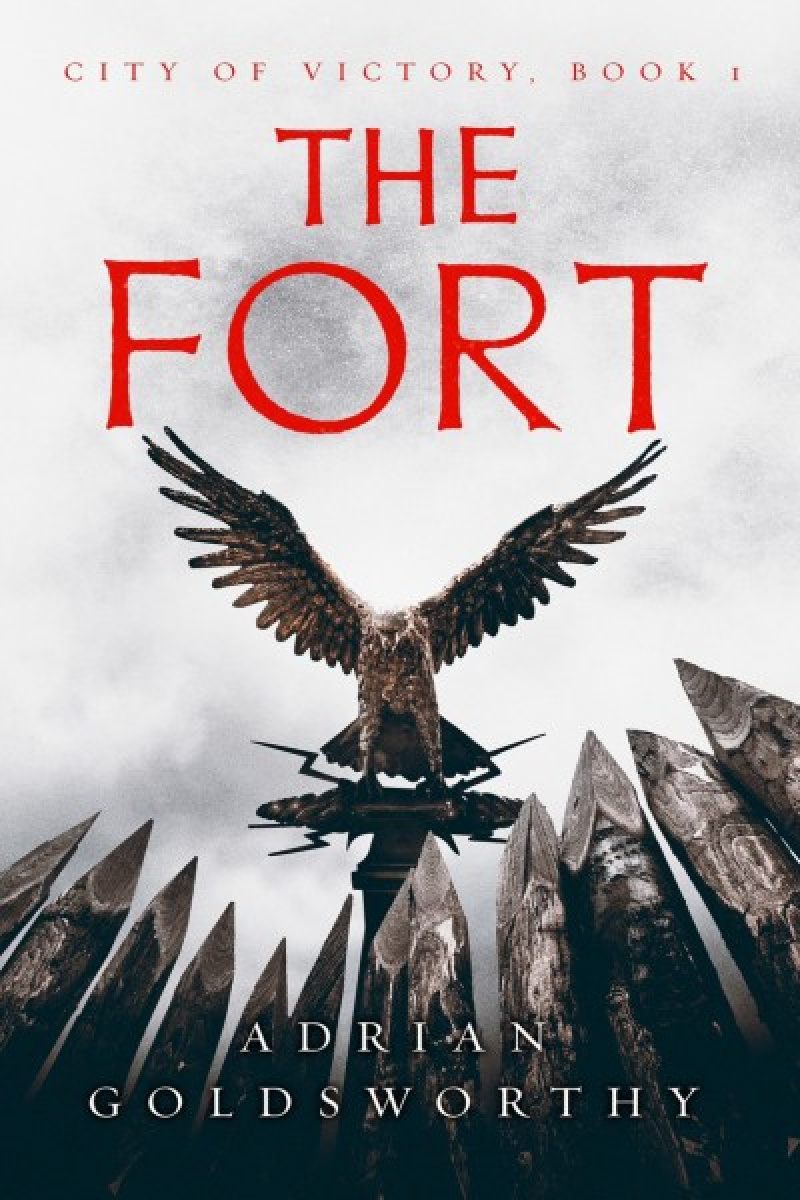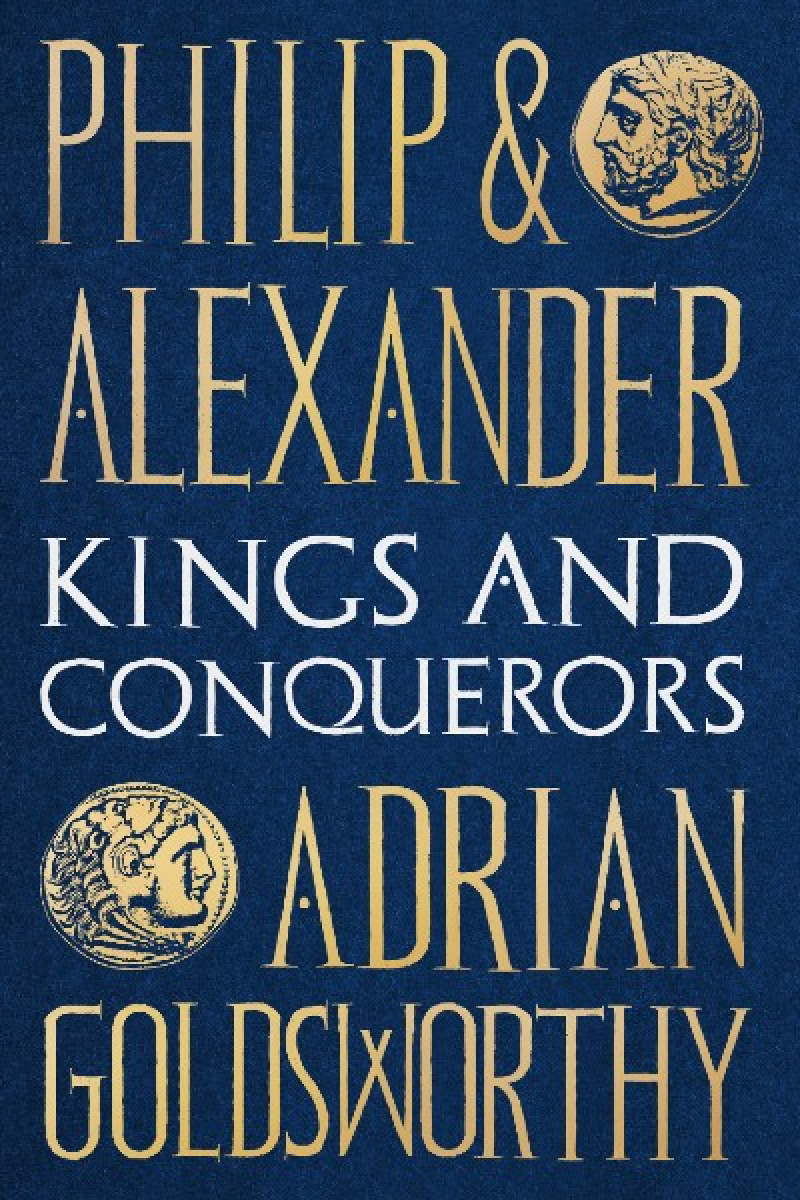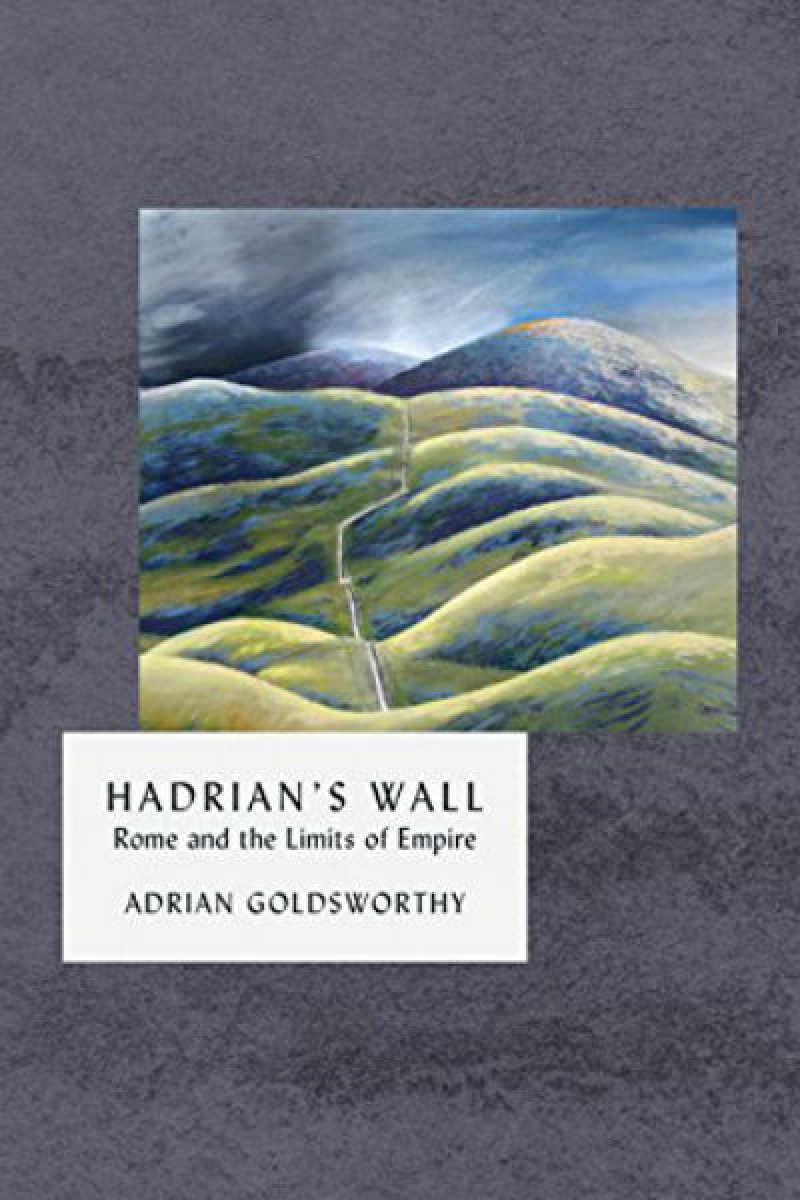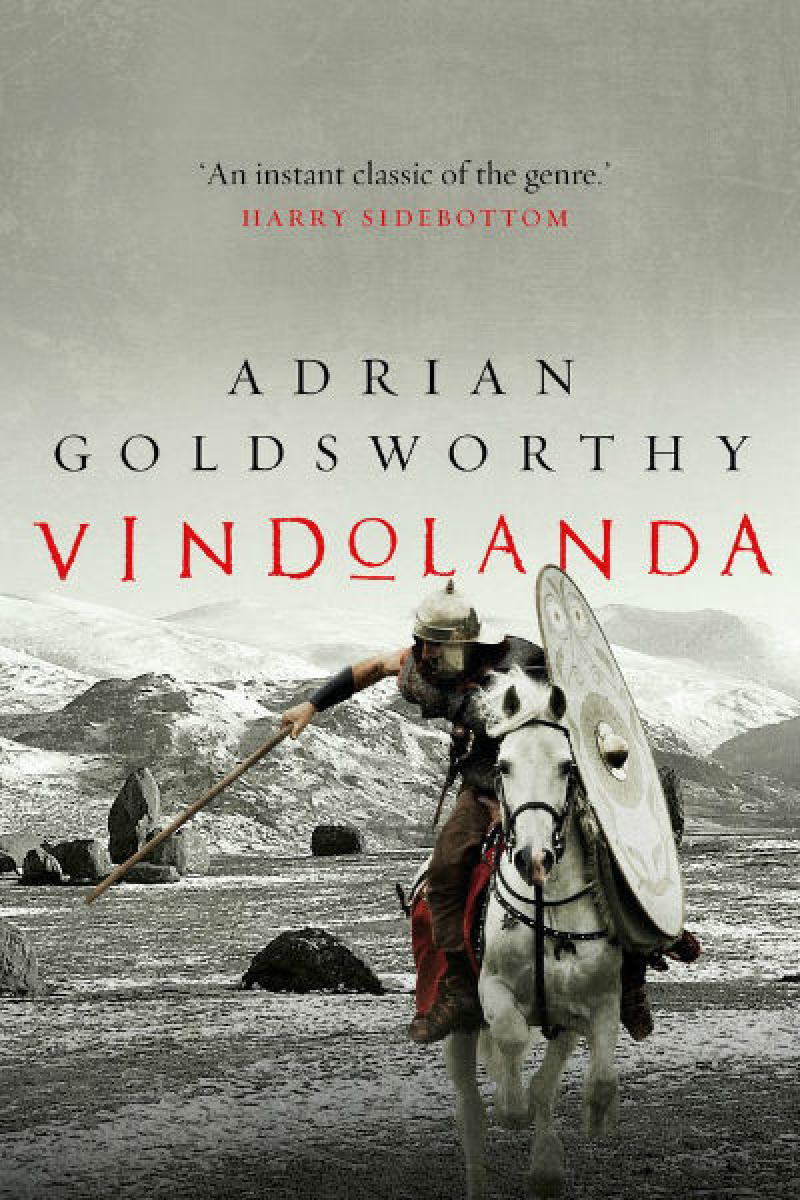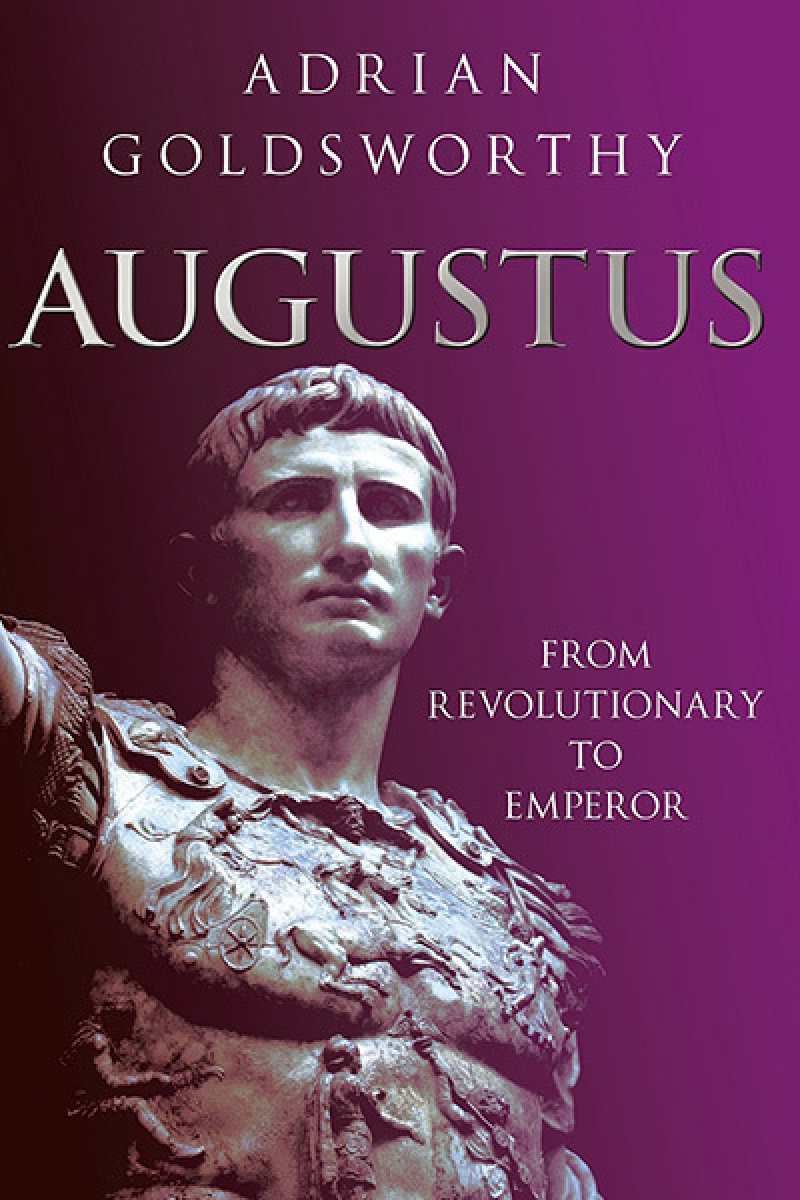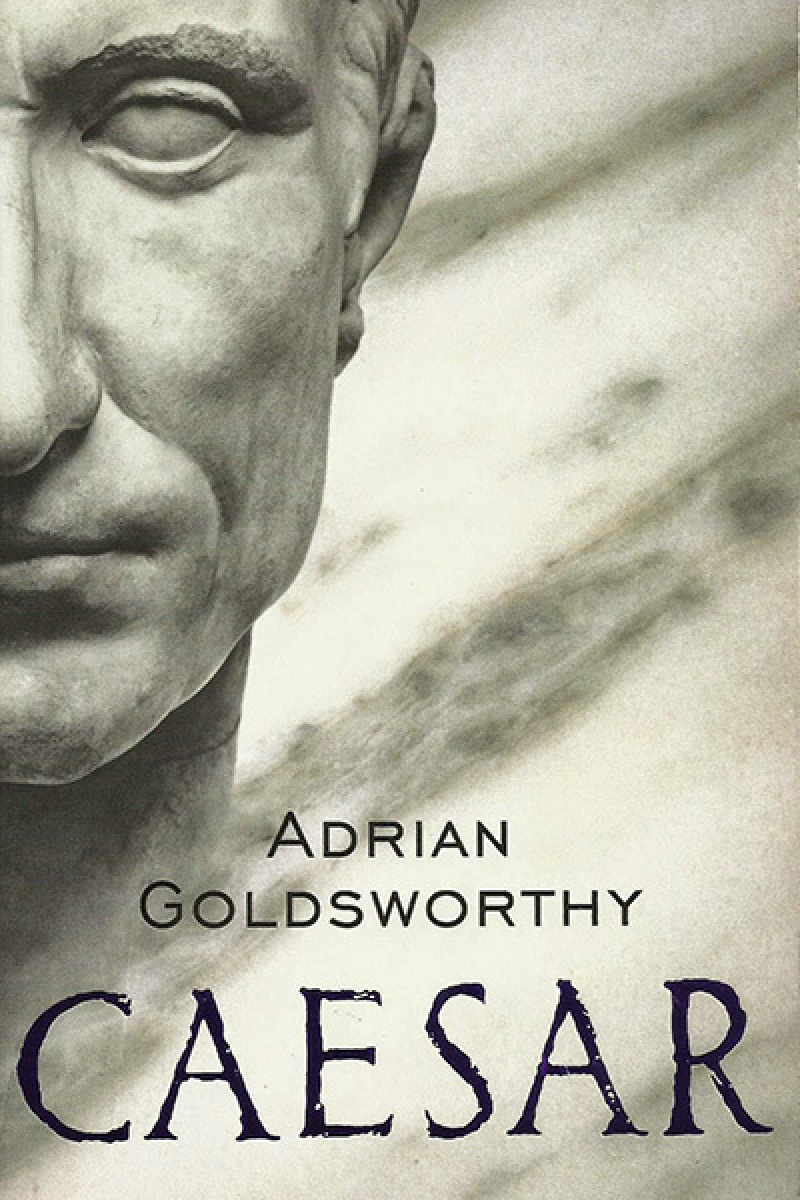The Fall of the West

The Fall of the West
In the year 476AD the last Roman emperor to rule from Italy was deposed. By this time most of the western provinces of the empire had already been carved up by the Germanic warlords. Now the same fate would befall Italy. The emperor himself, a boy named Romulus Augustulus, was not even deemed important enough to be worth killing, and was sent to live out the rest of his life in comfortable retirement.
If this event marks the moment when the Western Empire fell, then five centuries of imperial rule ended with a whimper. In this book, Adrian Goldsworthy argues that the final collapse was merely the end of a process that had started centuries beforehand. His epic history begins with the death of Marcus Aurelius in 180, when Rome was still the world’s only superpower, and charts a long, slow decline through the chaos of the third century, the schism of the fourth, and the final collapse in the fifth. He depicts a world repeatedly torn apart by civil war, where political power was most often won by slaughtering rivals, and emperors were more afraid of ambitious subordinates than foreign enemies. It was this internal conflict, as he shows in his compelling final chapters, that eventually led to the fall of the West: none of Rome’s enemies were strong enough to defeat it until the empire had rotted from within.
How this superpower died is one of the great questions of history, and tells us much about the rise and fall of other countries, providing lessons for our own day. Adrian Goldsworthy writes exclusively from contemporary sources, and uses the latest archaeological evidence to bring the Roman world to life in all its violent detail.
 Adrian Goldsworthy
Adrian Goldsworthy



